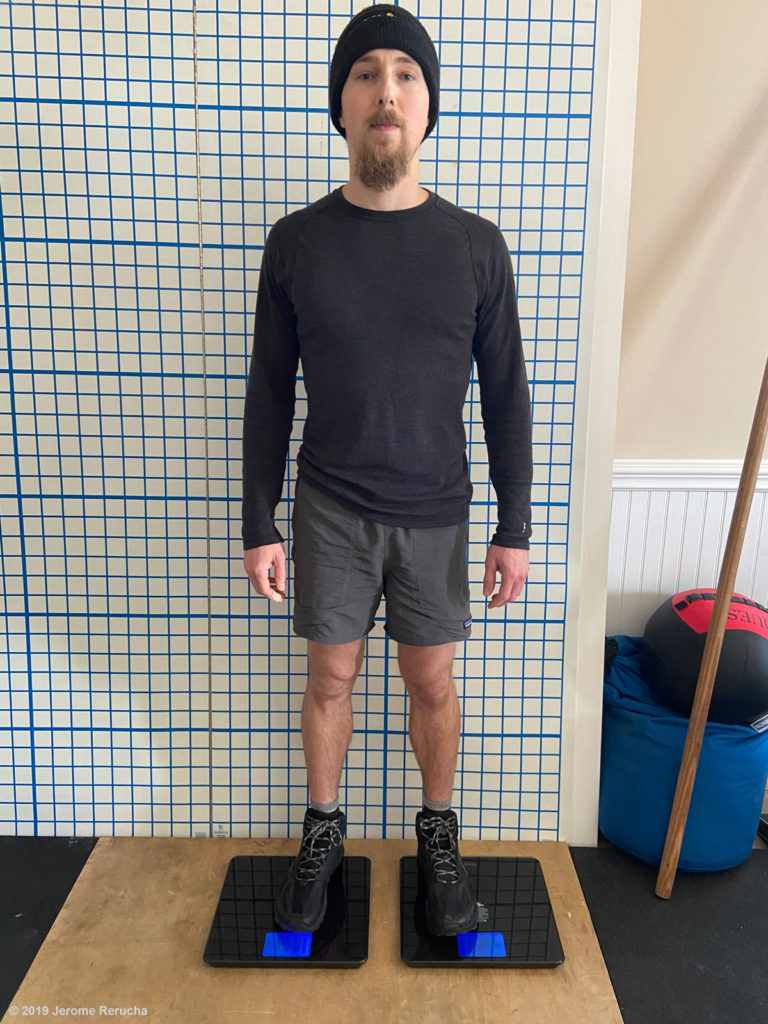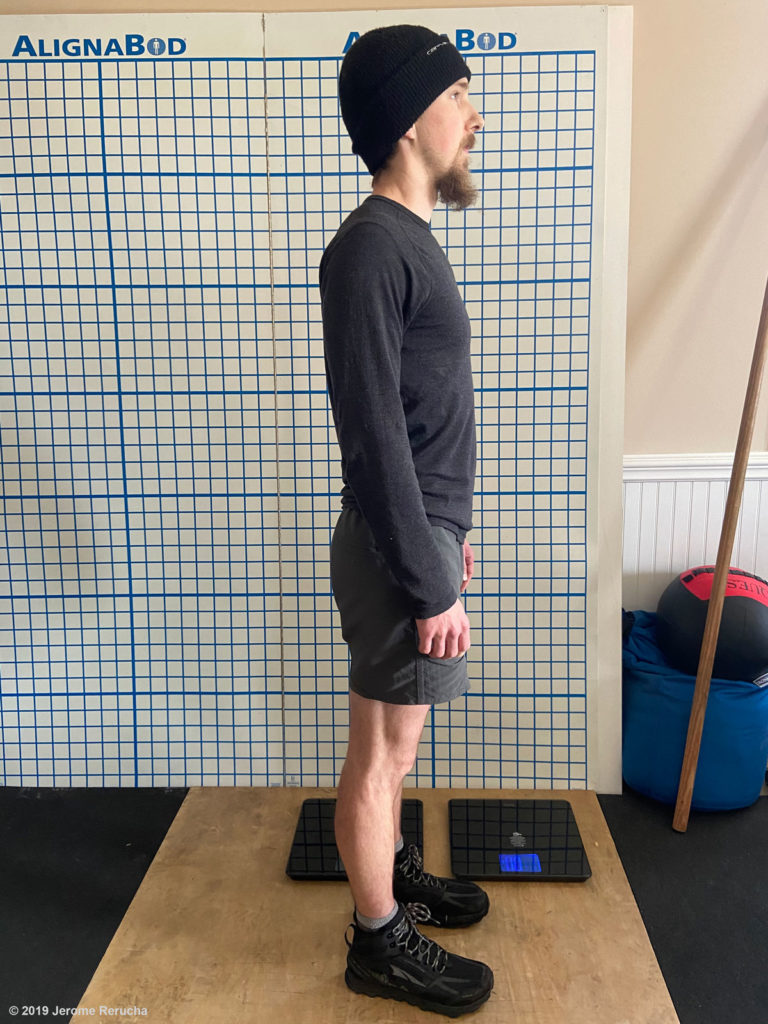Unlikely Ally
In the summer of 2018 I worked at a local sporting goods retailer. One afternoon I found myself standing across the counter from two imposing men clad in black motorcycle garb. One of the pair was a regular customer and friend. The other introduced himself simply as Jerome. I didn’t realize it then but this chance encounter was a godsend and would prove pivotal in the pursuit of my Pacific Crest Trail (PCT) hiking dream.
Could it be LLD?
A year earlier I had begun researching leg length discrepancy (LLD). I specifically wanted to learn as much as possible about the difference between functional and structural LLD. Functional LLD results from asymmetrical function of the foot, leg, or hip. For example, over pronation in one foot could create a functional LLD. Structural LLD on the other hand is generally the result of asymmetrical length of the tibia or femur. I had broken my left femur as a child and previous x-rays revealed significant pelvic asymmetry. Could an undiagnosed structural LLD have contributed to my near constant leg injuries?
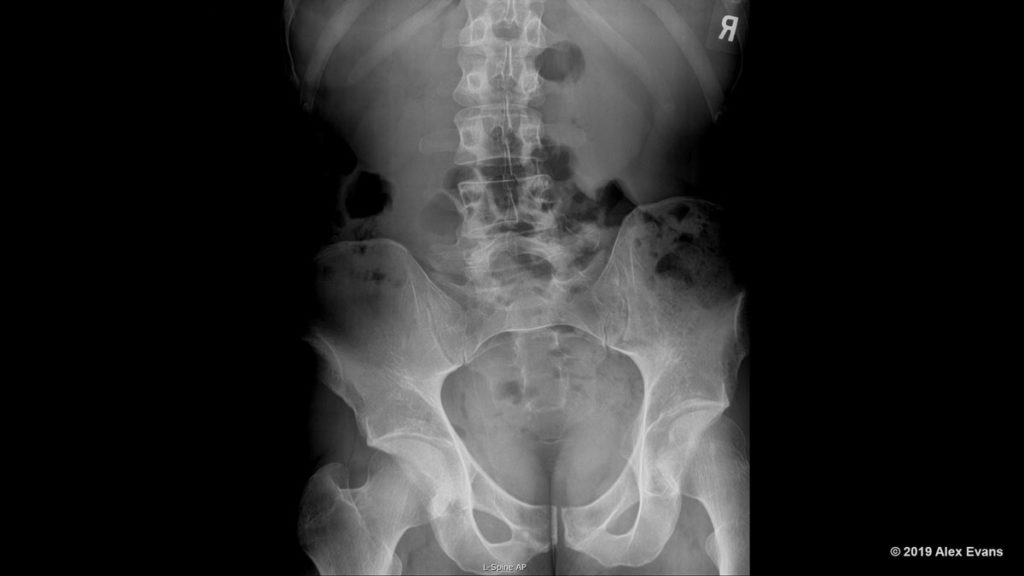
I called up Dr. Joel, my cousin-in-law, to ask for help. He graciously agreed to evaluate my leg length. The examination took all of 15 minutes. The results were in, my left leg was indeed structurally shorter. Initially, the news frustrated me. I had been a long term patient of a dozen sports medicine doctors with various specialties. None of them had evaluated me for a structural LLD. Why was I just now learning about this? What should I do about it?
Finding Help
In the intervening year my LLD concerns were overshadowed by the monumental progress Dr. Taz and I had made healing my gut. This progress was paying dividends in my performance at the gym and on the trail. For first time in years I was hiking ten miles injury free but my strength was still lacking and the LLD question lingered.
Then I met the bad-ass biker duo. I would later learn Jerome was actually Dr. Jerome Rerucha, Doctor of Chiropractic, Certified Strength and Conditioning Specialist, Certified Human Performance Specialist, WNPF champion powerlifter, and the list goes on. During subsequent conversations I shared my physical struggles and ultimate goal of a long distance hike on the PCT. He offered to take me on as a patient.
Measuring Up
Our first appointment was an all day event. The primary order of business was measuring my LLD using standing x-rays. The initial images were captured barefoot to establish a baseline. Then we inserted highly specialized shims (i.e., OfficeMax 8.5×11” 20lb copy paper) under my left foot until my femoral heads appeared level on the x-rays. We measured the shims and determined the discrepancy was approximately half an inch. Next, I underwent the most extensive physical evaluation I have ever experienced. This included strength testing in the gym, a photographic range of motion assessment, a complete chiropractic examination, and so on. By the end of the appointment I was mentally exhausted. I had learned more about the pathology of my injuries in one day than I had in the previous seven years and this was just the beginning.
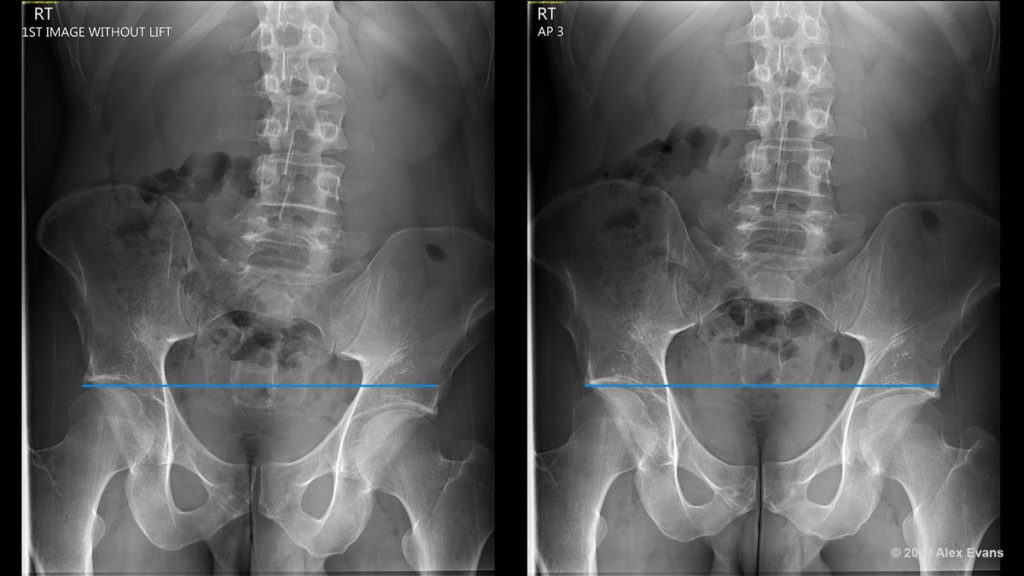
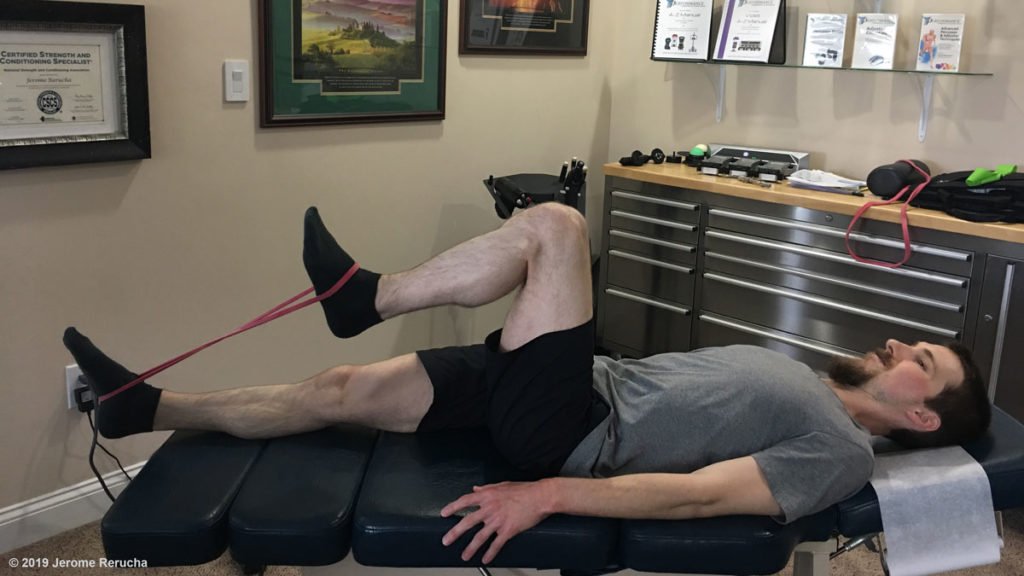
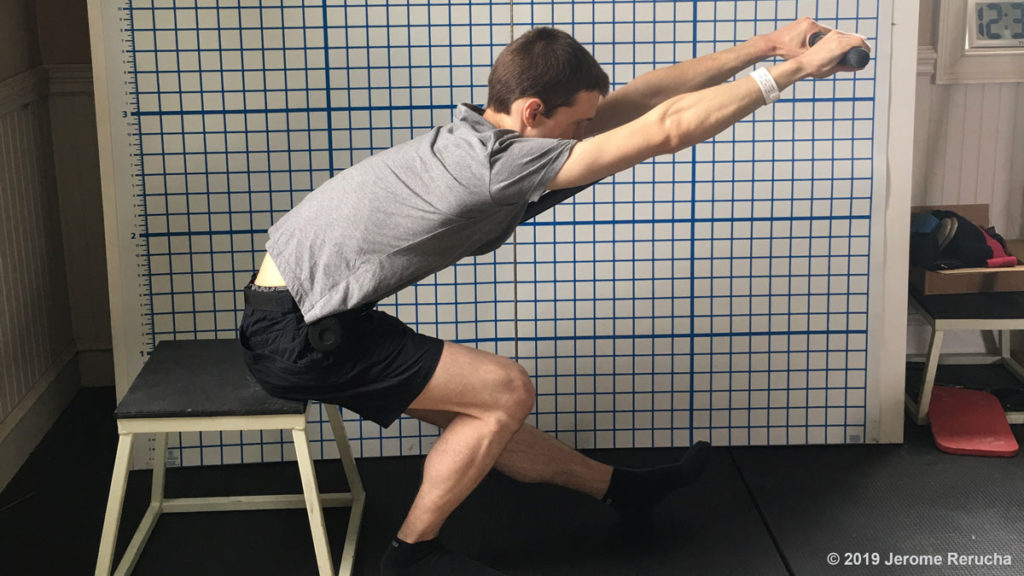
Long Road to Recovery
Over the following week, Jerome distilled his findings into a comprehensive report and actionable plan. First, I was to incrementally transition to a corrective left shoe with a 1/2″ lift to accommodate my LLD. Secondly, we addressed my injured sacroiliac (SI) joint by implementing tools and techniques to facilitate healing. Finally, I already had a rigorous workout program with a number of unilateral movements. Despite this, my body had developed significant strength and mobility asymmetries to compensate for the LLD. For example, my left hip flexor was much stronger than my right. To address these problems, Jerome’s plan included a targeted asymmetrical training program to restore balance.
Jerome’s plan required significant commitment. For a year, I completed mobility work everyday, training in the gym 4 days a week, and hitting the trail biweekly. Progress did not come easy. Workouts were often painful when my SI joint injury flared up and designing corrective hiking footwear was an arduous process. On a few occasions my motivation ran low and I turned to family for a firm “get your head out of your rear” speech to keep me pushing forward. In the end, the results were well worth the effort. By the spring of 2019, walking in corrective shoes felt natural, I picked up eight more miles of hiking each week, my recovery time shortened, and the discomfort dwindled.
Above all, empowerment was Jerome’s greatest gift. He taught me chiropractic, stretching, and myofascial release techniques that I could implement to treat myself anywhere. This knowledge would prove invaluable when I was alone and in pain on the PCT.
My chance meeting with those bikers in the summer of 2018 changed the arc of my life. The breadth and depth of Jerome’s knowledge continues to amaze me. I’m glad to call him my doctor, trainer, and friend.
You can learn more about Dr. Jerome Rerucha at Performance Chiropractic and Wellness.
Check out my Resources Page for more LLD information and organizations.
